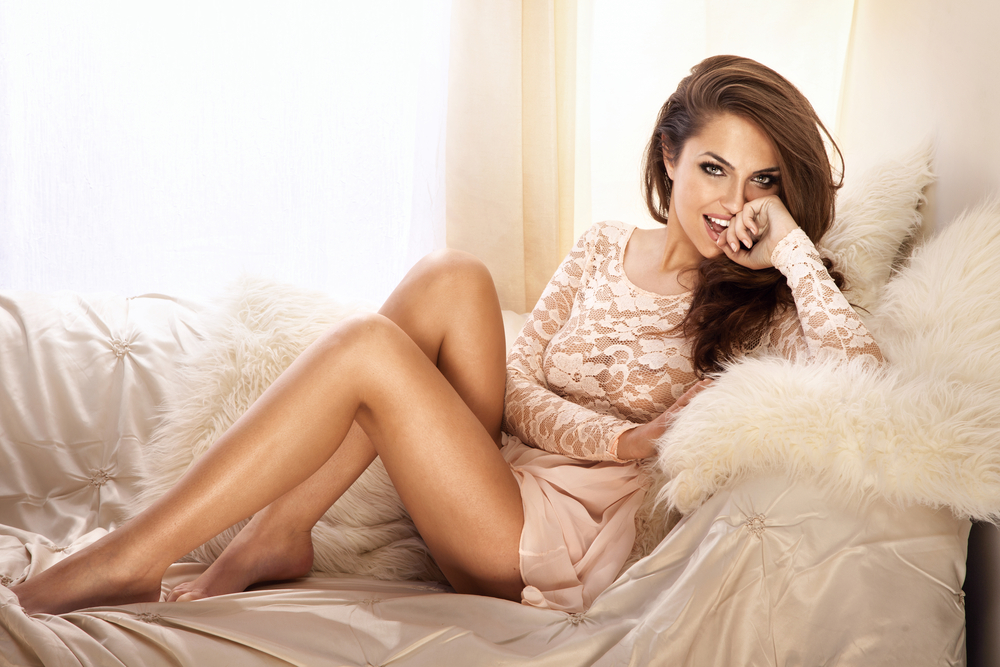
The Power of Modeling: Unveiling the Secrets Behind the Art of Model-making and Its Impact on Various Industries in Photoshoots

Model-making is an art form that has the power to transform ideas into tangible objects. From intricate architectural models to detailed product prototypes, modelling plays a crucial role in various industries, particularly in the realm of photoshoots. In this article, we will explore the secrets behind the art of model-making and its impact on industries that rely heavily on visual presentations.
What is Model-Making?
Model-making is the process of creating three-dimensional representations of objects or ideas. It involves using various materials such as clay, wood, plastic, or even computer software like 3D modeling programs. Model-making allows creators to visualize their designs before they are brought to life.
The Role of Model-Making in Photoshoots
Photoshoots require careful planning and execution to capture the desired imagery. Models are often used to showcase products, architectural designs, or fashion ensembles. However, relying solely on human models can be limiting, especially when dealing with complex or abstract concepts.
This is where model-making comes in. By creating physical models, photographers and art directors can push the boundaries of creativity and bring their visions to life. These models help photographers to experiment, test lighting conditions, and find the perfect angles before the actual shoot takes place. They act as a blueprint for the final outcome, allowing the team to make adjustments and improvements as needed.
Architectural Modeling
One of the most common uses of model-making in the photography industry is architectural modeling. Architects use models to present their designs to clients and stakeholders. These models not only help visualize the structure but also aid in understanding the spatial dimensions and aesthetic qualities.
Architectural models can be made from various materials such as foam, balsa wood, or even 3D printed. They allow photographers to showcase the intricate details and design elements of a building or space. By using these models, photographers can set up lighting scenarios, experiment with different camera angles, and capture the essence of the architecture before the actual construction or renovation begins.
Product Modeling
Another industry that heavily relies on model-making for photoshoots is product photography. Creating models of products allows photographers to capture their best features and highlight their functionality. These models can be made from clay, wax, or even digital prototypes.
Product models help photographers experiment with different compositions, lighting setups, and backgrounds. They allow for quick and easy changes, as well as innovative ways to showcase the product's design and functionality. By using models, photographers can capture images that effectively communicate the essence of the product to potential customers.
Fashion Modeling
The world of fashion is no stranger to the power of modeling. Models have been an integral part of fashion photography for decades. However, when it comes to editorial or conceptual fashion shoots, traditional human models might not always be the best fit.
Fashion designers often rely on miniaturized models or dolls to showcase their collections and fashion concepts. These models allow photographers to experiment with different outfits, poses, and compositions without the need for human models. This flexibility enables photographers to explore imaginative concepts and produce visually stunning images.
Frequently Asked Questions
Q1. How does model-making save time and resources in the photography industry?
A1. Model-making allows photographers to experiment and make adjustments before the actual shoot, saving time and reducing the need for reshoots.
Q2. Can model-making be used in other industries besides photography?
A2. Yes, model-making is widely used in industries such as product design, architecture, film production, and more.
Q3. What materials are commonly used in model-making?
A3. Model-makers use a wide range of materials, including clay, foam, wood, plastic, and even digital software for 3D modeling.
Q4. How can model-making enhance creativity in photoshoots?
A4. By using models, photographers can break free from the constraints of traditional photography and explore innovative concepts and compositions.
Q5. Can model-making be done digitally?
A5. Yes, advancements in digital technology have allowed for the creation of virtual models using computer software, such as 3D modeling programs.
In conclusion, model-making plays a vital role in various industries, especially in the world of photoshoots. It enables photographers and art directors to visualize their ideas, experiment with different concepts, and achieve their desired outcomes. From architectural and product modeling to fashion and beyond, the art of model-making truly holds the power to transform imagination into reality.
Other useful resources
- https://www.planetmodelphoto.com/models/modeling/usa/charlotte/nc-north-carolina
- https://en.wikipedia.org/wiki/Category:Modeling_agencies
- https://www.planetmodelphoto.com
- https://www.planetmodelphoto.com/models/modeling/usa/wilmington/nc-north-carolina